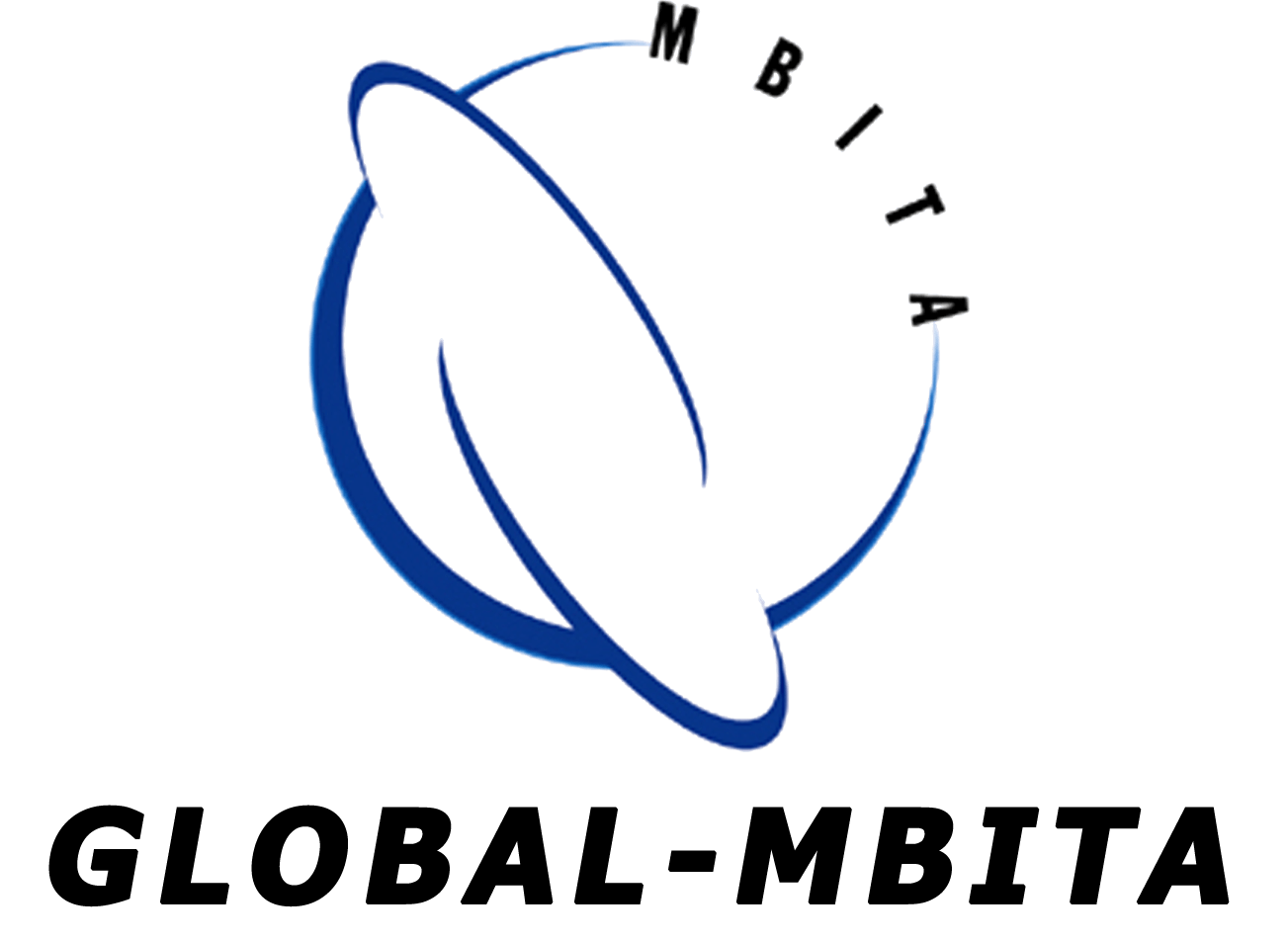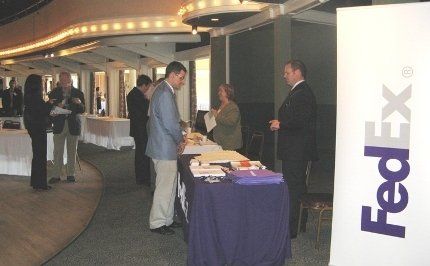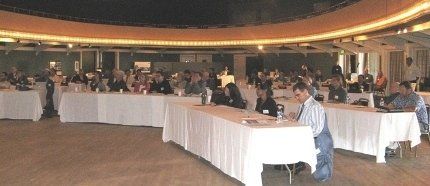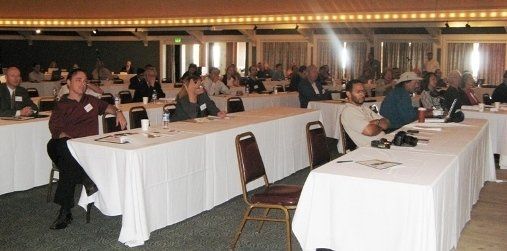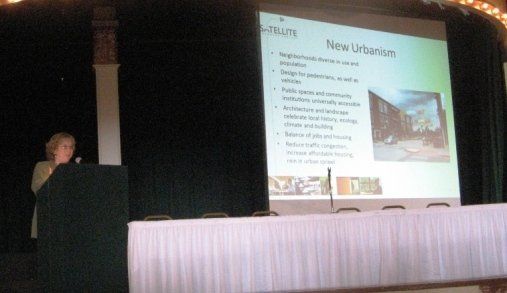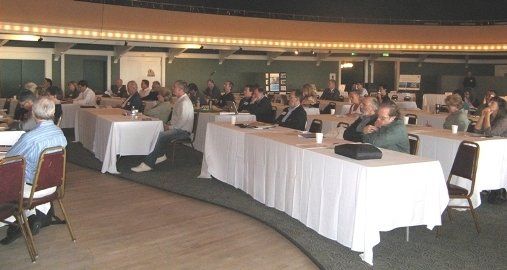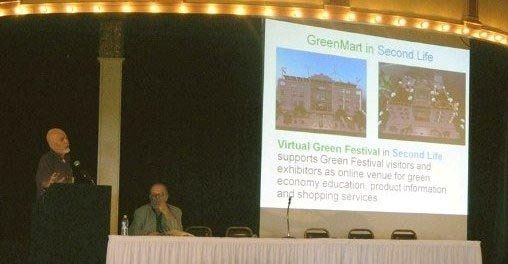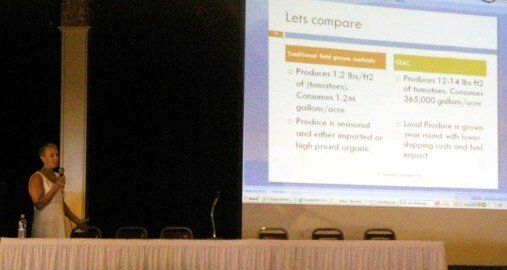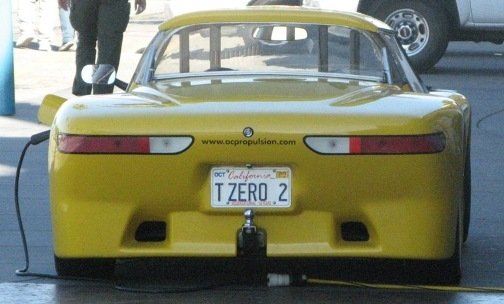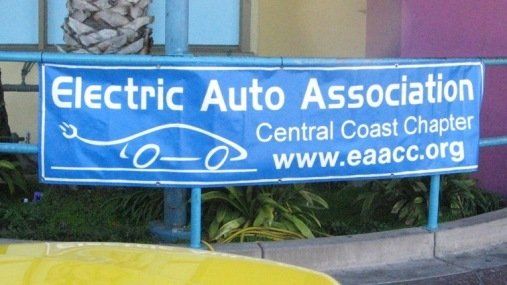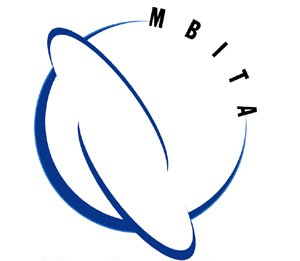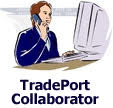Agriculture and the Green Revolution 3rd Annual Green Trade Network Summit (Dec. 1, 2010 - Salinas, CA)
Presenters
Opening Remarks
Tony Livoti, President, TradePort.org, Monterey Bay International Trade Association (MBITA)
PANEL I
Alternative Agriculture Another Drop In the Bucket: The Use of Hydroponics in Commercial Agriculture
View Presentation.
Deborah Walliser, Executive Director, Solsustech Inc. - View Bio.
As the world population increases, natural resources such as land, water and food become increasingly valuable. The industry that feels the effect of all three is also charged with providing safe, healthy and sustainable food for its consumers while battling natural disasters and changes in the political landscape. One way to generate fresh healthy food, while using less water and resources is found in age old systems combined with today's technology. Through this partnership, simple fast food production centers can be set-up all over the globe providing increased revenue and jobs for US business. The use of hydroponics in the fresh produce industry can change the landscape of global food production while putting the US at the forefront of the industry.
The Potential of Bio Fertilizers – Neem
View Presentation.
Sanjay V. Lanka,
Principal, Sustainable Biotechnology - View Bio.
The leaves and seed kernels of the tropical Neem tree – Azadirachta Indica have a group of naturally occurring chemicals in them called Azadirachtins which have been used extensively in India for the control of various insect pests. There have been many Neem based bio fertilizers introduced into the U.S. domestic market, but their efficacy has not been proved due to the methods of usage. An opportunity exists to modify the fertilizer delivery system with biotechnology solutions and improve the research and development efforts in the development of replicable models of Sustainable Biotechnology projects using NEEM and other like commodities.
Urban Green Agriculture
View Presentation.
William Butler,
Chairman, GIT-Green Innovational Technologies - View Bio.
This talk will focus on the uses of Multi-Technologies in the many fields of Water Treatment, Solar Energy, Fish Farming, Hydroponics and the raising of Food both Meat and Vegetables within the Water Environment, and the use of “Green” as a conduit of sustainable technologies, which are at hand right now to produce a viable and sustainable, yet simple solution to many of our problems today. Having experienced many tours and travels around the world, I have been able to cross pollinate many technologies to become more then what they were. Case in point was a tour of the Waste Water Treatment of the City of Shen Zhen.
We saw 10 different types of treatment, but one stands out as useful for the sustainability of Human Life and would be able to contribute to a higher Quality of Standard Lifestyle in the future. This was the Mei Shanyaun Apartments in which I saw an Aquarium with a fish inside being fed by the Bacterialogically treated Waste Water from these apartments and this caused me to think and research what could be a next breakthrough in Water Treatment. So by using this technology and others to come up with a sustainable Ecosystem within the Environment of the Urban Culture, we can provide a better life for all; both the Urban and Rural Communities.
PANEL II
Financing Green Agriculture in the Global Marketplace
Improving Energy Use and Efficiency for Small Businesses : Going Green Can Save You Green
View Presentation.
Jerry Avila, Regional Manager, U.S. Small Business Administration (SBA) - View Bio
Nationally small businesses spend more than $60 billion on energy each year. Small business can cut costs by 10 to 30 percent with strategic investing….
SBA Loans Finance Energy-efficient improvements...
Special Financing Options for Environmental Exports
View Presentation.
Rob Guthrie, Business Development Officer, Renewable Energy & Environmental Exports, Ex-Im Bank - View Bio
In the past two years, Ex-Im Bank has dramatically expanded its support for environmentally beneficial exports. The Bank has recently introduced new financing programs and incentives to meet its goal to commit ten percent of its annual authorizations for clean-tech exports. Mr. Guthrie's presentation will discuss these programs and provide some recent success stories.
Daniel Robin, Managing Director, In3 Biorenewables (In3) - View Bio.
View Presentation.
Daniel Robin, founder and managing director of In3 Biorenewables (In3), will discuss agriculture-related cleantech capital market trends, challenges and growth markets, including sources of green jobs and green trade deal-making opportunities. Renewable raw materials are gaining ground in replacing petroleum as feedstock for industrial materials, fuels, and agricultural inputs, including biopesticides, fungicides, fertilizers and more. Mr. Robin will give examples of success stories as well as challenges that remain for mainstream acceptance of green technologies applied to agriculture, innovation and investing for sustainability, and trade opportunities worldwide.
PANEL III
Renewable Energy Within the Farm Environment
Growing Energy with the Sun, Becoming a Solar Farm
View Presentation.
Michael Gumm, Executive VP & Co-Founder, SunPods Inc. - View Bio.
In California with plenty of sun and land, going solar in the agri-world makes perfect sense to drive down your energy cost and to create a greener business image. The agricultural community with large plots of land and operations that require large amounts of energy is starting to embrace Solar whole-heartedly. Large, grid-tied photovoltaic systems harvest the power of the sun and save any unused energy for later through net metering, creating a cushion of kilowatt-hours for future use.
Some examples solar energy in agriculture can power include:
· lighting and heating
· crop and grain drying
· greenhouse heating
· Irrigation
· Fruit, nut and vegetable processing and packaging
· Grape and wine processing
· Remote electrical supply
Going solar is not difficult and today there are a number of ways to install and finance solar that we will explain.
Advances in Technology to Lower Cost of Waste Water Compliance while Producing Renewable Energy
View Presentation.
John W. Kuhry, Business Development, Real Green Power, Inc. View Bio.
Confined Animal Feeding Operations generate millions of tons of manure and billions of gallons of wastewater every year. Uncontrolled greenhouse gas emissions and associated stench from the waste contribute heavily to global warming.
Methane is 25 times more harmful to the atmosphere than CO2. A number of energy efficiency improvements recently developed can significantly lower the cost of compliance with the clean water act. By capturing and processing the methane produced in the treatment of wastewater, a huge renewable energy resource is created. Anaerobic Digestion is the only viable solution that produces, rather than consumes energy. It is a solution for farms of a few hundred to millions of animals, from many different animals including pigs, cows, chickens, ducks and geese separately or together.
Ag Meets Energy
View Presentation.
Michael A. Keller,
Consultant, Bankablebiomass.com - View Bio.
New technologies for producing plastics, chemicals, energy and biofuels from crop material present new challenges to the agricultural community. Mr. Keller will explore the social and economic issues facing the farmer and how to take maximum advantage of these new opportunities.
Susan Arcady Barich,
Director, Project 17 - Monterey Bay. View Bio.
Project 17
View Presentation.
The Small Business Administration recently awarded Barich Business Services a $600,000 per year contract for a two-year period to provide small and emerging businesses in the Monterey Bay region's innovative agricultural cluster (RIC) with business mentoring, counseling and other services. BBS was awarded one of 10 contracts submitted by 173 organizations nation wide. The aim of the project, called Project 17 for the 17-mile Drive, Congressional District 17 and Highway 17 linking the region to Silicon Valley, is to dovetail the region's vibrant agricultural and technology sectors to create Advance Agricultural Technology companies that will solve the problems of the region's behemoth agricultural industry, including chemical, water and human resource issues. The goal of Project 17 is to develop a thriving agricultural technology cluster to support the ag industry and help drive bottom-line profits for and increase hiring in both clusters.
The mission of Project 17 is to support the growth of the agricultural industry and technologies that advance higher-paying agricultural jobs, national food security, food and agricultural-technology exports, and investment in agriculture and advanced agricultural technologies in the tri-county region of the Monterey Bay Area, including Monterey, San Benito and Santa Cruz Counties.
Where are the Global Markets for Green Agro-Technology
View Presentation.
Chris Damm, Director, Monterey Bay Export Assistance Center, U.S. DOC Foreign Commercial Service . View Bio.
The Commercial Service as part of the International Trade Administration (ITA) under the umbrella of the U.S. Department of Commerce has over one hundred offices in the U.S. and Commercial Attaché offices in 80 different countries. These offices provide trade promotion services to American companies to help develop export opportunities in all industry sectors. Mr. Damm is the director of the Monterey Export Assistance Center of the U.S. Department of Commerce and will demonstrate the online tools (Export.gov) and other services of the Commercial Service to help American Green agricultural companies penetrate global markets.
Opportunities for Water Conservation through Water Management: SCADA for Large and Small Agricultural Enterprises
Presentation cancelled.
Jack Goldwasser,
Founder, Watch Technologies LLC. View Bio.
Delivery of water for agricultural purposes is as old as civilization. Competition for water amongst Agricultural end-users is likely as old as the need for it. The 21st century, however, is forcing Agriculture to defend its existing water allocations against external demands from domestic and industrial sectors as well as face the challenge of fresh water shortages world-wide. Ag needs to “green-up” to keep what water it has and spread it further. Other than converting water distribution networks to closed systems which is beyond the financial reach of most water delivery enterprises and has its own issues with oil-based products the best option to conserve water in the delivery system is to deploy real-time water management tools including data collection, automation, solar power, and up to date communication technology.
Cross-border Regulatory Issues in the Import and Export of Agricultural Items
Presentation cancelled.
Deep SenGupta, Senior Manager – Trade & Customs Advisory Services (TCAS), FedEx. - View Bio
There are several regulations governing the import and export of plants and animals and certain agricultural products. Although these regulations are meant to control the entry of foreign pests and diseases, protect endangered species, improve animal and plant health, it can prove to be problematic for the unwary importer or exporter. Deep SenGupta will discuss the typical regulatory hurdles in the import and export of agricultural items, and how to successfully comply with these rules. Deep’s presentation will also cover the role of various government agencies as well as the impact of free-trade agreements, customs duties and cargo-security in the trade of agricultural items.
Addressing the Most Toxic Issues in Modern Agriculture
View Presentation.
Jeremiah Ridenour, Founder & CEO, Wise Solutions - View Bio.
60 years after the birth of the green revolution modern agriculture finds itself operating in a toxic stew of petrol based agro chemicals and fuels. Crop fields have leveled off, and applying more inputs are not having any effect. Plants and insects have become resistant to the neurotoxin based insecticides, fungicides and herbicides. There are huge dead zones in the oceans from excess nitrogen and other agrochemical runoff and no solutions in sight.
This presentation will demonstrate new “green chemistry applications that are effective, renewable, U.S. grown and manufactured, safe for the soils, water and farmers and how they are reasonably priced. How do we begin to integrate these new technologies into all levels of agriculture from greenhouses, to fields, to post harvesting processing.
